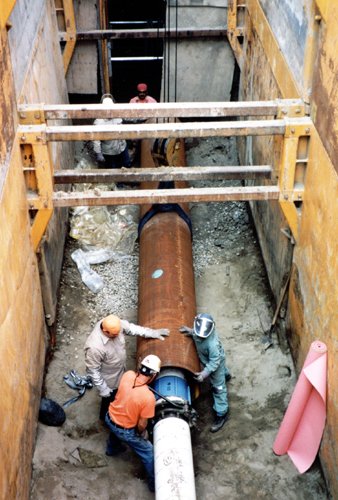Pacific Pipeline Project
Project Specifications
Client: California Public Utilities Commission
Location: Santa Barbara County
Services: Environmental Review & Permitting, Biological Resources, Cultural Resources, Air Quality & Climate Services, Public Participation, Compliance & Construction Monitoring, Planning & Public Policy
Aspen prepared two major environmental documents, an EIR and EIS/SEIR, evaluating a proposed crude oil pipeline in southern California. The pipeline was initially proposed to connect coastal Santa Barbara County, via Ventura County, with Los Angeles area refineries (170 miles), but was modified to begin in the southern San Joaquin Valley (130 miles). This EIS/SEIR, prepared for the U.S. Forest Service’s Angeles National Forest as NEPA Lead Agency, included one of the first comprehensive analyses of environmental justice in a NEPA document pursuant to a Presidential Executive Order. Both documents included comprehensive oil spill and system safety risk analyses, surveys of biological and cultural resources, and analyses of impacts on water resources and air quality.
Aspen was subsequently selected by the California Public Utilities Commission and the U.S. Forest Service Angeles National Forest as the prime contractor for environmental monitoring the construction of this 130-mile crude oil pipeline, for which construction began in August 1997 and finished in mid-1999. The pipeline runs from Kern County through the Angeles National Forest, the Santa Clarita Valley, the San Fernando Valley, downtown Los Angeles, and into refineries in Long Beach, Wilmington, and El Segundo. Aspen’s Lead Environmental Monitor coordinated environmental monitors at eight separate construction spreads (ranging in length from 8 to 30 miles) who ensured implementation of 150 mitigation measures and project parameters. Aspen also reviewed numerous pre-construction plans and reports for compliance with adopted mitigation measures. The project website included daily, weekly, and monthly reports as well as newsletters, variance and clearance approvals, and construction status.


